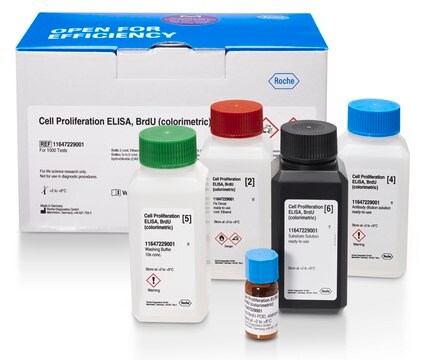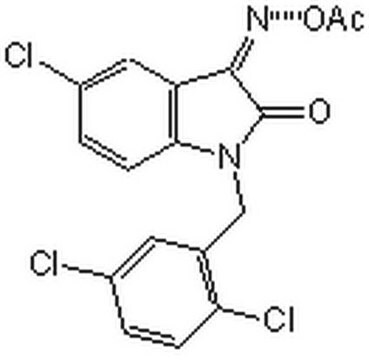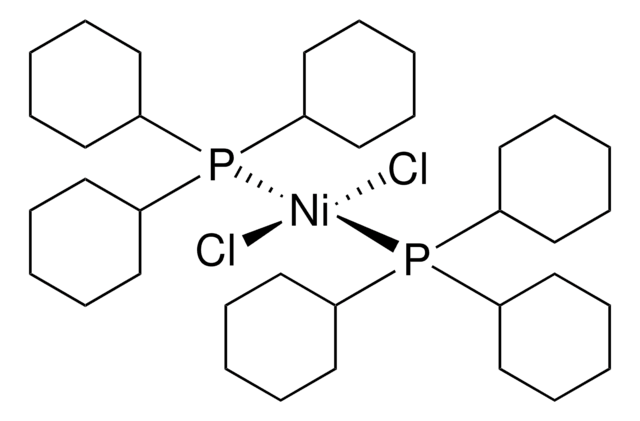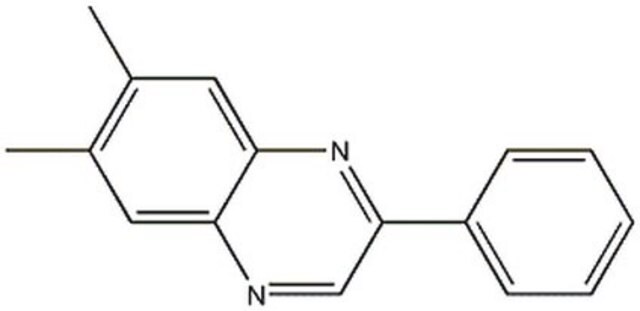Kluczowe dokumenty
EHU007001
MISSION® esiRNA
targeting human DSP
About This Item
Polecane produkty
opis
Powered by Eupheria Biotech
Poziom jakości
linia produktu
MISSION®
Formularz
lyophilized powder
sekwencja docelowa esiRNA cDNA
AGAAGTCGTTGTTGGCCACTATGAAGACAGAACTACAGAAAGCCCAGCAGATCCACTCTCAGACTTCACAGCAGTATCCACTTTATGATCTGGACTTGGGCAAGTTCGGTGAAAAAGTCACACAGCTGACAGACCGCTGGCAAAGGATAGATAAACAGATCGACTTTAGGTTATGGGACCTGGAGAAACAAATCAAGCAATTGAGGAATTATCGTGATAACTATCAGGCTTTCTGCAAGTGGCTCTATGATGCTAAACGCCGCCAGGATTCCTTAGAATCCATGAAATTTGGAGATTCCAACACAGTCATGCGGTTTTTGAATGAGCAGAAGAACTTGCACAGTGAAATATCTGGCAAACGAGACAAATCAGAGGAAGTACAAAAAATTGCTGAACTTTGCGCCAATTCAATTAAGGATTATGAGCTCCAGCTGGC
Ensembl | numer dostępu dla gatunku człowiek
numer dostępu NCBI
Warunki transportu
ambient
temp. przechowywania
−20°C
Opis ogólny
For additional details as well as to view all available esiRNA options, please visit SigmaAldrich.com/esiRNA.
Informacje prawne
Kod klasy składowania
10 - Combustible liquids
Temperatura zapłonu (°F)
Not applicable
Temperatura zapłonu (°C)
Not applicable
Wybierz jedną z najnowszych wersji:
Certyfikaty analizy (CoA)
Nie widzisz odpowiedniej wersji?
Jeśli potrzebujesz konkretnej wersji, możesz wyszukać konkretny certyfikat według numeru partii lub serii.
Masz już ten produkt?
Dokumenty związane z niedawno zakupionymi produktami zostały zamieszczone w Bibliotece dokumentów.
Global Trade Item Number
| SKU | GTIN |
|---|---|
| EHU007001-50UG | 4061828453719 |
| EHU007001-20UG | 4061828677818 |
Nasz zespół naukowców ma doświadczenie we wszystkich obszarach badań, w tym w naukach przyrodniczych, materiałoznawstwie, syntezie chemicznej, chromatografii, analityce i wielu innych dziedzinach.
Skontaktuj się z zespołem ds. pomocy technicznej







